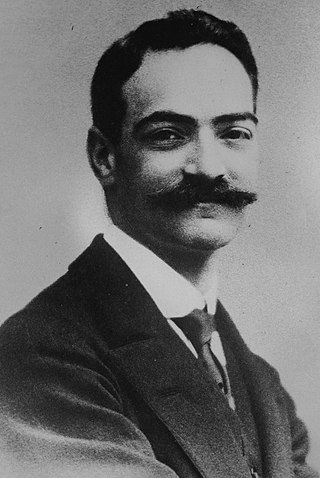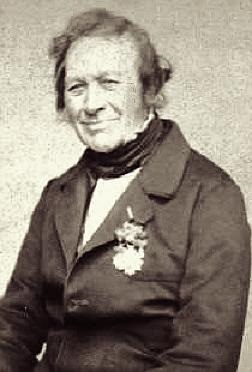Related Research Articles

Antoine Isaac, Baron Silvestre de Sacy, was a French nobleman, linguist and orientalist. His son, Ustazade Silvestre de Sacy, became a journalist.

Jean-Barthélemy Hauréau was a 19th-century French historian, journalist and administrator.

Charles le Beau was a French historical writer.
Louis-Georges-Oudard-Feudrix de Bréquigny, was a French scholar. He was born at Granville, Manche in Normandy.

Jean Antoine Letronne was a French archaeologist.

Jean-Jacques Barthélemy was a French scholar who became the first person to decipher an extinct language. He deciphered the Palmyrene alphabet in 1754 and the Phoenician alphabet in 1758.

Jean Leclant was a renowned Egyptologist who was an Honorary Professor at the College of France, Permanent Secretary of the Academy of Inscriptions and Letters of the Institut de France, and Honorary Secretary of the International Association of Egyptologists.

Jean Paul Louis François Édouard Leuge-Dulaurier was a French Orientalist, Armenian studies scholar and Egyptologist.

Adolphe Joseph Reinach was a French archaeologist and Egyptologist who participated in excavations in Greece and Egypt and published works on the Gauls.

Bon Joseph Dacier was a French historian, philologist and translator of ancient Greek. He became a Chevalier de l'Empire, then Baron de l'Empire. He also served as curator of the Bibliothèque nationale.
Francois-Jean-Gabriel de La Porte du Theil was a French historian. He played a role in the early attempts to decipher the Rosetta Stone.
Jean-Baptiste Benoît Eyriès was a French geographer, author and translator, best remembered in the English speaking world for his translation of German ghost stories Fantasmagoriana, published anonymously in 1812, which inspired Mary Shelley and John William Polidori to write Frankenstein and The Vampyre respectively. He was one of the founding members of the Société de Géographie, a member of the Société Asiatique, Académie des Inscriptions et Belles-Lettres, American Philosophical Society, and American Academy of Arts and Sciences, was awarded the Legion of Honour, and has a street named after him in Le Havre and a mountain near Humboldt Bay in California.
Charles Pellat was an Algerian-born French academic, historian, translator, and scholar of Oriental studies, specialized in Arab studies and Islamic studies. He was an editor of the Encyclopaedia of Islam published by Brill Academic Publishers, and a member of the Académie des Inscriptions et Belles-Lettres.
Henri Munier was a 20th-century French bibliographer and scholar of Coptic culture.
Jean-Baptiste de Bouge (1757–1833) was a Belgian cartographer whose career spanned decades of major political upheaval, his country in turn being the Austrian Netherlands, the United Belgian States, the French First Republic, the Napoleonic Empire, and the United Kingdom of the Netherlands, before becoming the Kingdom of Belgium. He often worked with the cartographic engraver Philippe Joseph Maillart.

Louis Charles André Alexandre Du Mège or Dumège,, was a French scholar, archaeologist and historian.

Charles Bonnet is a Swiss archeologist, specialist of Ancient Nubia.

François Joseph Ferdinand Marchal (1780–1858), knight, was a civil servant in the First French Empire who became a Belgian historian and archivist.

Charles Petit-Dutaillis was a French medieval historian.
Jean-François Marie Joseph Louis Lemarignier was a French medieval historian.
References
- ↑ Histoire du commerce et de la navigation des Egyptiens by Hubert Pascal Ameilhon
- 1 2 Hubert-Pascal Ameilhon (1730-1811) data.bnf.fr
- ↑ Le Beau, Charles (1701-1778) IdRef (bibliography)
- ↑ The Esoteric Codex: Ancient Egyptian Texts I by Mark Rogers
- ↑ Universal Pronouncing Dictionary of Biography and Mythology, Volume 1 by Joseph Thomas